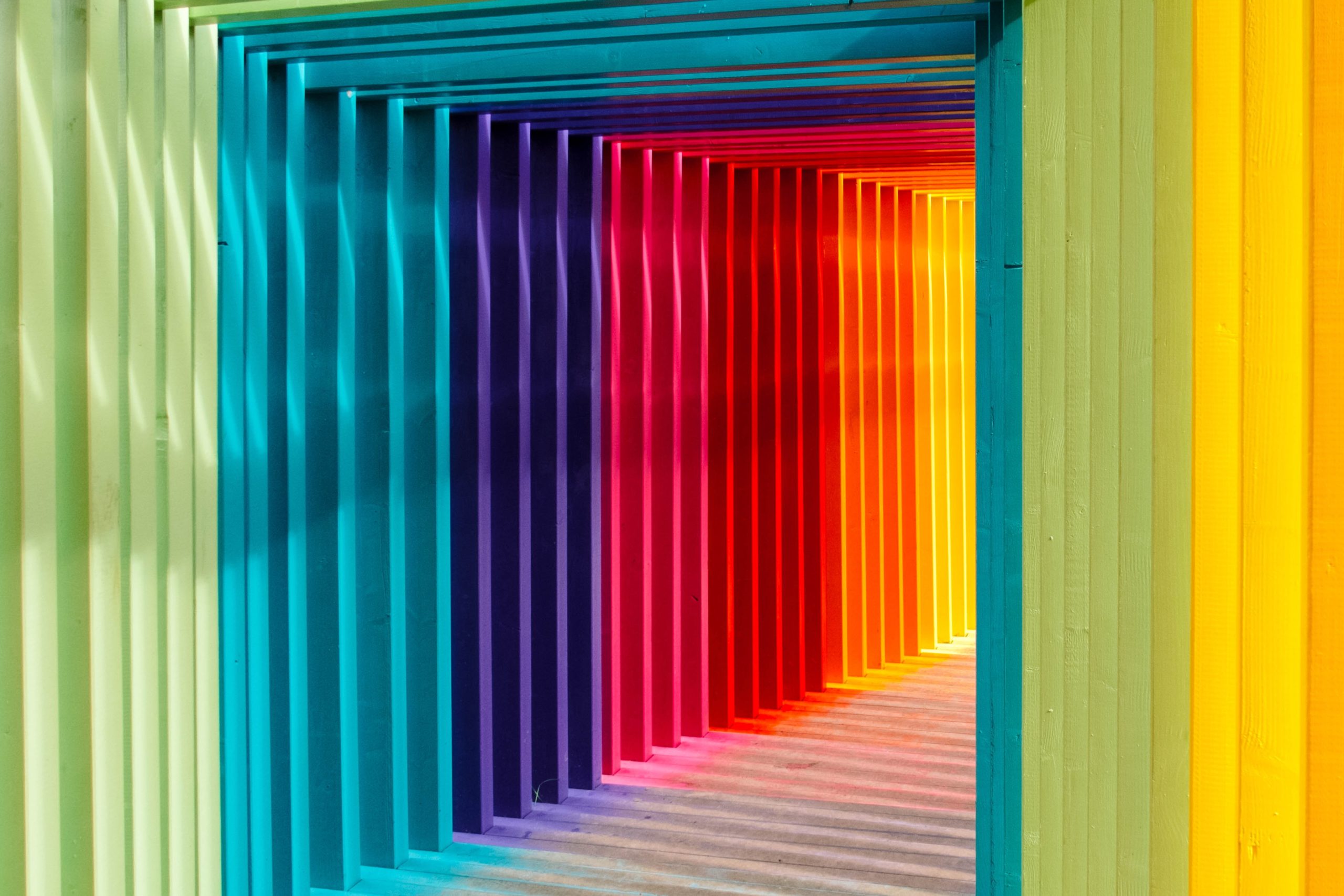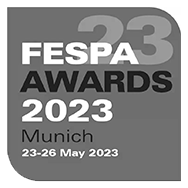
We’re becoming increasingly aware of the struggles some people have in their day-to-day lives due to neurodevelopmental differences like ADHD, autism, and learning disabilities. Neurodivergent people experience and interpret their surroundings in unique ways, and this can sometimes create challenges for them. Meaning neurodiversity is a topic we all need to be made more aware of.
It is highly important that inclusivity extends to neurological differences, meaning that this needs to be taken into consideration when designing surroundings in public spaces such as supermarkets as well as workplaces. Those with neurodevelopmental differences may experience difficulties in concentration, difficulties in reading and understanding certain colour patterns and dislike of noisy environments. As a printer who work on office revamps and in-store POS, this is something we have educated ourselves on in the hope we can positively impact surroundings through our projects with clients.
Colour
To all people, colour has a psychological and emotional effect on the brain, for example, red naturally enhances psychological alertness. It even kicks our nervous system into gear, increasing heart rate and adrenaline in the bloodstream. Whereas cool colours can calm the body, reduce respiration, and lower blood pressure. But this is often amplified within neurodiverse people with them regularly being under or overwhelmed.
Loud colours can be oppressive for employees who are easily overwhelmed, whilst yellow is the most fatiguing and sensory loaded colour. Research suggests that the best colours to use to be inclusive are light greens and blues. It is also worth noting that neurodivergent workers occasionally need extra stimulus and a place where they can exercise this energy. Therefore, it is beneficial to consider social spaces like break rooms with bright colours introduced.

Signage and Wayfinding
People with neurodivergent conditions thrive on predictability, so having a space difficult to navigate can create a stressful environment. Designing spaces with engaging and intuitive navigation elements can make a big difference to someone’s comfort in their daily lives.
There are multiple ways intuitive wayfinding elements can be built into spaces, such as:
Greenspaces
So many of us are surrounded by high-tech environments, and this creates a huge amount of stimulus in the brain. This can be overwhelming and something we could all use a break from, especially those with neurodiverse conditions. Introducing natural elements into your environment and creating green spaces can evoke feelings of calm, refreshment and relaxation. The muted and natural tones will also play into aspect of colour we discussed earlier.
Integrating layers of natural elements into every day environments will mitigate stress, engender positive psychophysiological responses, and contribute to the health, wellbeing and happiness of occupants.

Accessible Spaces
Building spaces, whether that be in workplaces, supermarkets or home environments, that are accessible to all is of great importance. No one should fear an everyday task such as nipping to the shops due to feelings of being overwhelmed or disorientated.
At Imageco, we will always look to promote the building of accessible spaces for all. If you are looking to revamp your space in a way which will bring comfort to all, please do not hesitate to get in contact.



